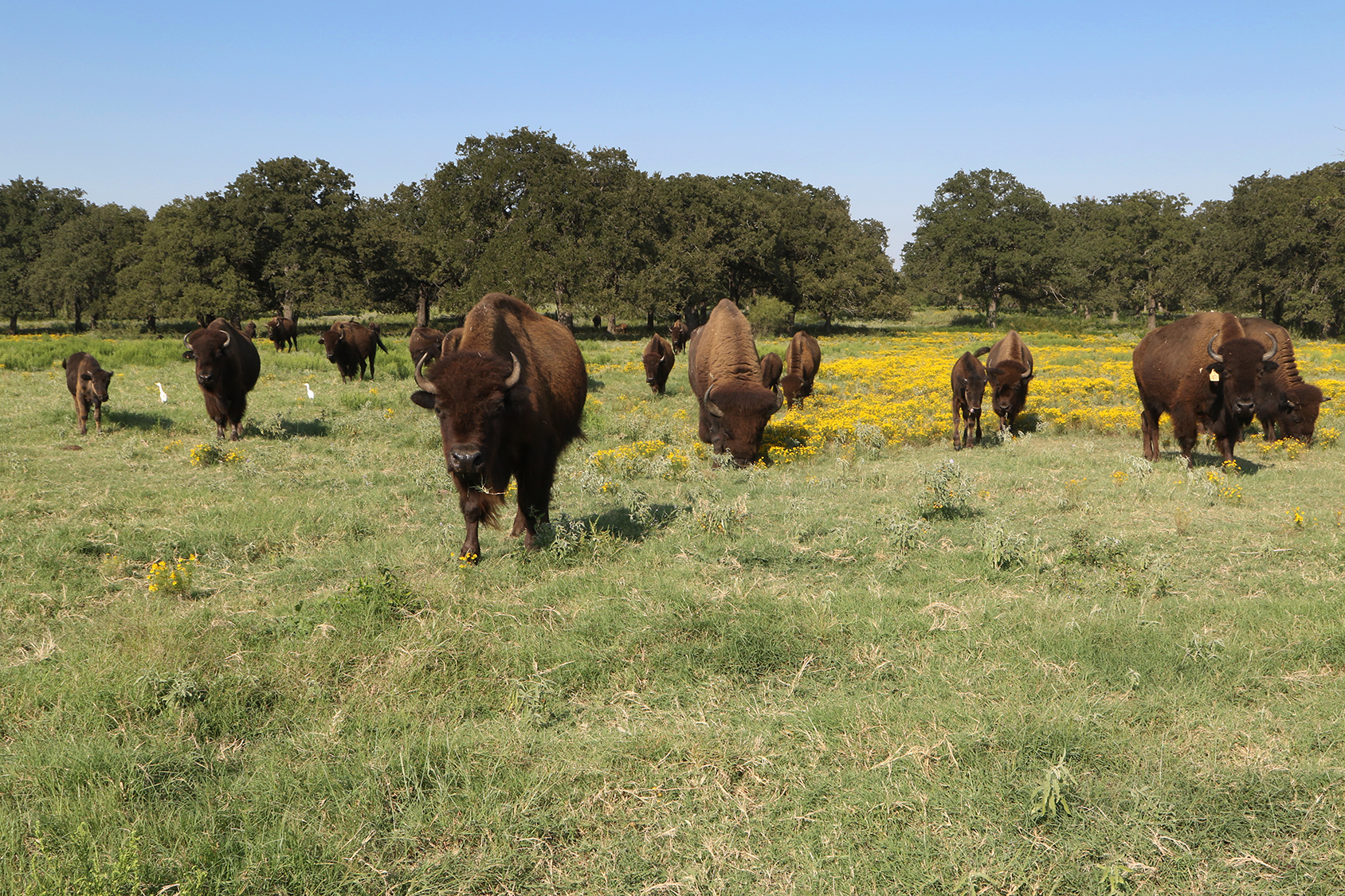By Jennifer Whitlock
Field Editor
Although they once roamed the plains and prairies of the central U.S. by the thousands, bison have not been a common sight for some time. But as ranchers seek to diversify their agricultural operations, many are realizing bison can play a role.
Now, there’s a “Bison 101” guide available to help experienced and novice livestock ranchers. It’s the product of a collaboration between the South Dakota State University Center of Excellence for Bison Studies and Texas A&M AgriLife Extension Service.
“The goal of our collaboration has really helped produce good Extension resources for people who are currently running a bison operation or who are interested in starting their own bison herd. Over the past couple of decades, we’ve really seen the number of individuals, as well as operations, that run bison really growing,” Chase Brooks, Collin County Extension agent and the publication’s co-author, said. “Bison ranching is still relatively new on the animal production scene, and we want to get the same high-quality resources in the hands of bison producers we see in many other different kinds of animal production systems.”
Fencing needs, herd health considerations, grazing habits, forage needs and stocking rates are just some of the topics covered in Getting Started with Bison Ranching.
Brooks said it’s a resource for new landowners and ranchers, with tips for the experienced cattle rancher looking to transition, as well.
Despite their similarities, cattle and bison do have some major differences. Brooks pointed out that cattle have been domesticated for far longer than bison and are naturally more docile around humans. Due to their size and more unpredictable nature, bison must be managed differently.
Equipment changes may be necessary, as well. Handling chutes for cattle may be undersized for working bison. And a perfectly serviceable four-strand fence that’s stopped cattle from wandering for years may be nothing more than a temporary slow-down for bison.
None of that should deter would-be bison ranchers, however. Moving from raising cattle or any other livestock to bison just requires a mental shift and revisiting an operation with a new set of eyes, Brooks noted.
“Bison evolved with native American grasslands, so the way they graze and utilize those grasses is different than cattle and may be more of a square peg in a square hole from a conservation standpoint. That’s not to say cattle can’t or don’t fit conservation plans, though,” he told the Texas Farm Bureau Radio Network. “There are a lot of good operations utilizing cattle grazing. And there are many ways people could mismanage bison grazing. But by and large, the profitability of raising bison is attractive, and it brings back some of those native bison herds that used to roam the Great Plains. So, I think it has a broad appeal.”
Click here to get your copy of Getting Started with Bison Ranching.


How many Bison animal units per acre?